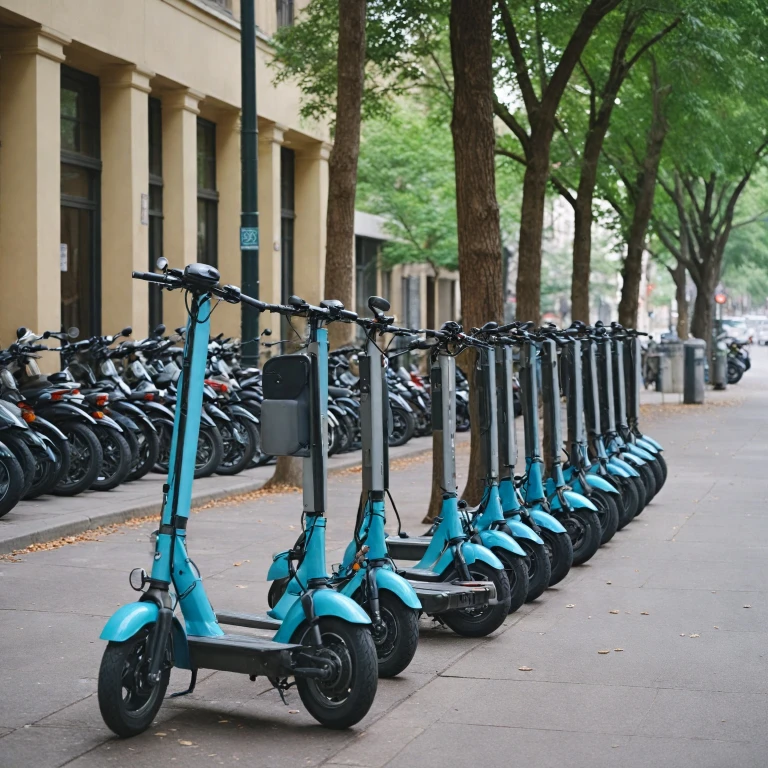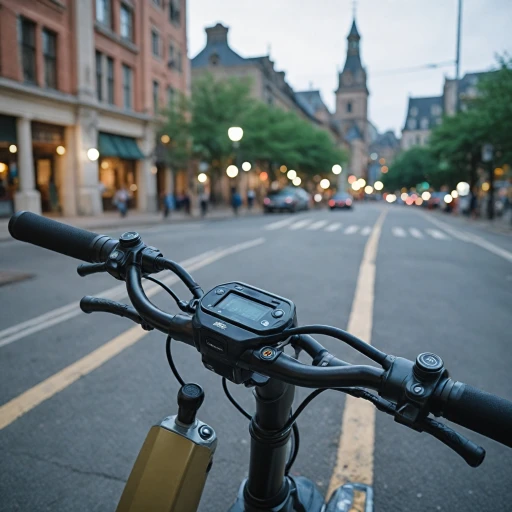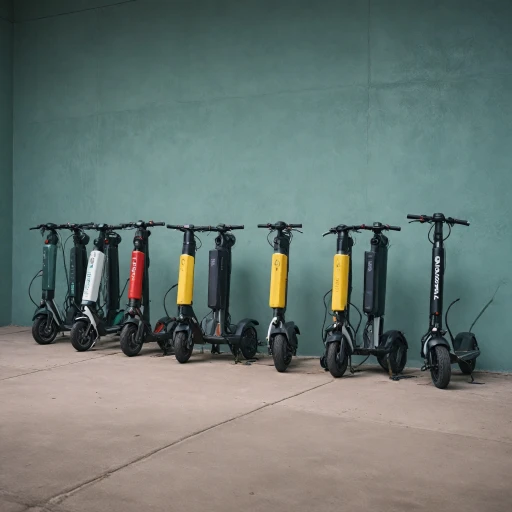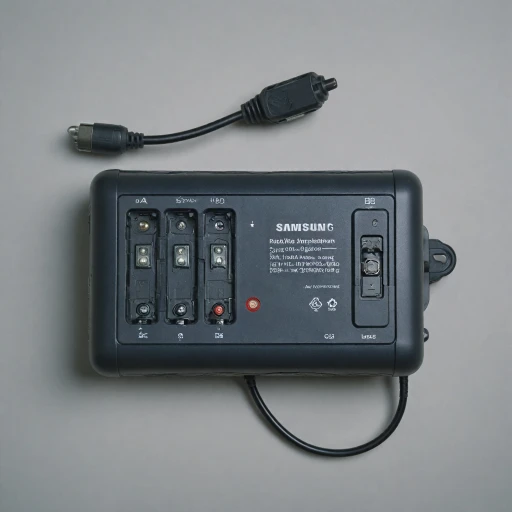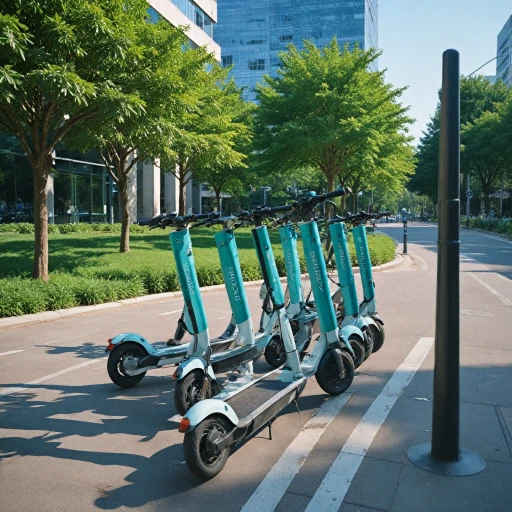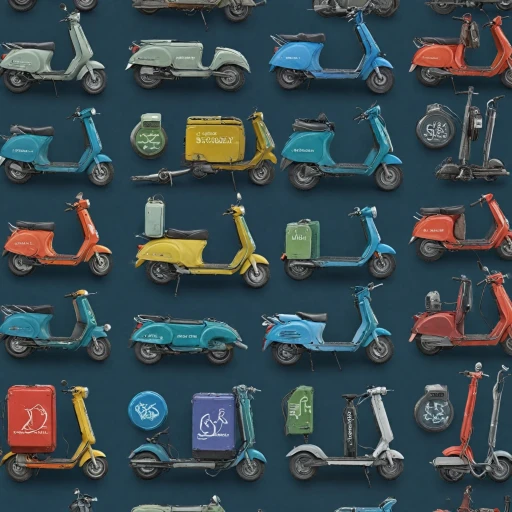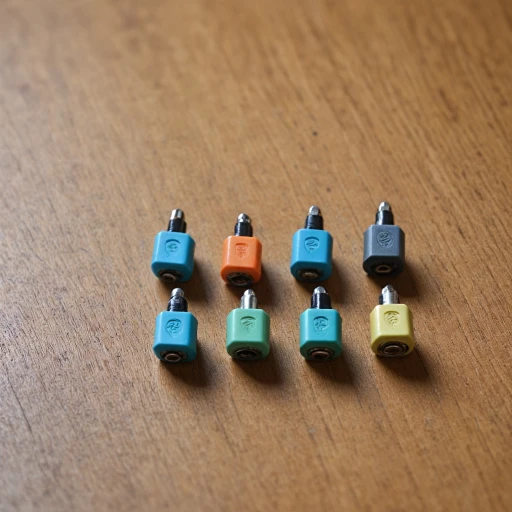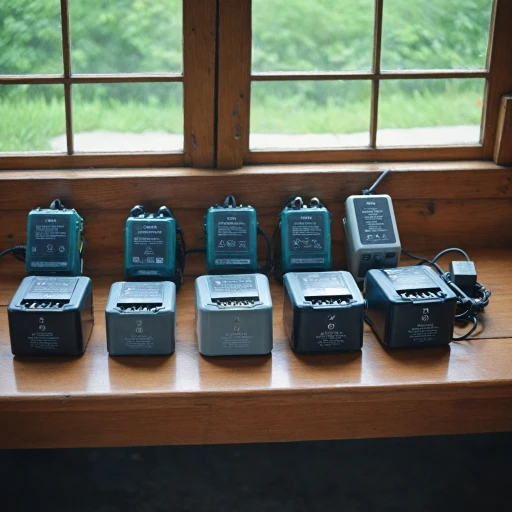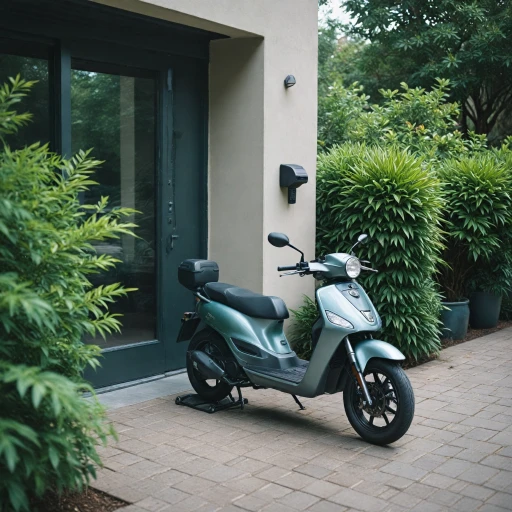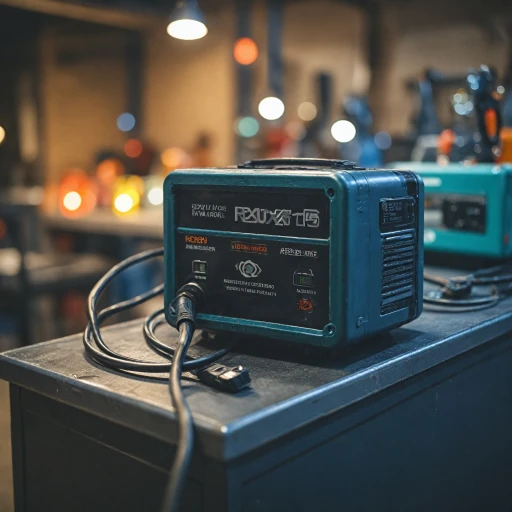Understanding Battery Types in Electric Scooters
Types of Batteries Found in Electric Scooters
When choosing a battery charger for your electric scooter, it's essential to understand the different types of batteries that power these scooters. Electric scooters primarily use two types of batteries: lead-acid and lithium-ion. Each type has its own characteristics, advantages, and price points.
Lead-Acid vs. Lithium-Ion Batteries
- Lead-Acid Batteries: These are the older type of batteries and are generally more affordable. They are heavier and have a shorter lifespan compared to lithium-ion batteries. However, they are robust and can handle various weather conditions.
- Lithium-Ion Batteries: These are more modern and are commonly found in today's electric scooters. They are lighter, have a higher energy density, and offer a longer lifespan. The higher price is often justified by their efficiency and longevity.
Understanding the various types of electric scooter plugs is also crucial as it influences the compatibility with different chargers.
Why Battery Type Matters
The type of battery in your scooter affects the choice of battery charger. Not all chargers are compatible with every battery type. For instance, a lithium charger is specifically designed to handle the charging needs of lithium-ion batteries, ensuring optimal performance and safety. Using the wrong charger can lead to inefficient charging or even damage the battery.
In the subsequent sections, we will explore key features to look for in a battery charger and how to determine the right charger for your scooter model, ensuring your electric scooter remains a reliable mode of mobility.
Key Features to Look for in a Battery Charger
Essential Features to Consider in a Charger
When choosing a battery charger for your electric scooter, it's crucial to understand the key features that will ensure efficient and safe charging. Here are some important aspects to consider:
- Compatibility: Ensure that the charger is compatible with your scooter's battery type. Most modern scooters use lithium-ion batteries, so a lithium charger is often required. Check the specifications to match the voltage and amperage requirements.
- Smart Charging: Look for chargers with smart technology that can automatically adjust the charging process. This helps in preventing overcharging and extends the battery's lifespan.
- Charging Speed: Consider the charger's power output, as it determines how quickly your battery will be charged. A higher power output means faster charging, but make sure it aligns with your battery's capacity.
- Safety Features: Opt for chargers with built-in safety features such as short-circuit protection, over-current protection, and temperature control. These features are crucial for safe charging.
- Portability: If you frequently travel with your scooter, a compact and lightweight charger will be more convenient to carry.
- Price and Reviews: While price is an important factor, don't compromise on quality. Check product reviews and ratings to ensure reliability and performance.
For a more comprehensive understanding of what to look for in a battery charger, visit our detailed guide on scooter battery chargers.
How to Determine the Right Charger for Your Scooter Model
Finding the Perfect Match for Your Electric Scooter
Choosing the right charger for your electric scooter is crucial for maintaining battery health and ensuring efficient charging cycles. Here's how you can determine the best fit for your scooter model:
- Check the Voltage and Amperage: Every electric scooter has specific voltage and amperage requirements. Verify these specifications in your scooter's manual or on the battery itself. A mismatch can lead to inefficient charging or even damage.
- Consider the Battery Type: Whether your scooter uses a lithium-ion battery or another type, ensure the charger is compatible. Lithium chargers, for instance, are designed to optimize the charging process for lithium batteries, preserving their lifespan.
- Look for Smart Charging Features: Modern chargers often come with smart features like auto shut-off or trickle charging. These features help maintain the battery's health by preventing overcharging.
- Assess the Charger’s Build and Quality: A well-built charger not only lasts longer but also provides a stable power supply. Look for chargers with good reviews and ratings, often indicated by stars on product listings.
- Price vs. Quality: While it's tempting to go for the cheapest option, investing in a high-quality charger can save you money in the long run by extending your battery's life.
For more detailed information on how different types of batteries impact your choice of charger, check out this guide on replacing your e-scooter battery.
Safety Tips for Charging Your Electric Scooter
Prioritizing Safety While Charging
Ensuring safety during the charging process of your electric scooter is crucial for both the longevity of the battery and your personal safety. Here are some essential tips to keep in mind:
- Use the Correct Charger: Always use the charger that is specifically designed for your scooter model. Using the wrong charger can lead to overheating or damage to the battery.
- Monitor the Charging Environment: Charge your scooter in a cool, dry place away from flammable materials. Avoid charging in extreme temperatures as it can affect the battery's performance.
- Avoid Overcharging: Overcharging can reduce the lifespan of your lithium battery. Many smart chargers have an automatic shut-off feature to prevent this, but it's still wise to unplug once fully charged.
- Regular Inspection: Periodically check your charger and battery for any signs of wear or damage. Frayed wires or damaged connectors can pose a risk and should be addressed immediately.
- Follow Manufacturer Instructions: Always adhere to the guidelines provided by the manufacturer regarding charging cycles and maintenance. This ensures optimal performance and safety.
By following these safety tips, you can ensure that your electric scooter remains a reliable and safe mode of mobility. Regular maintenance of your battery charger, as discussed in other sections, also plays a vital role in maintaining safety standards.
Maintaining Your Battery Charger for Longevity
Ensuring Longevity for Your Charger
To keep your electric scooter battery charger in top condition, regular maintenance is key. Here are some practical tips to help you extend the life of your charger:
- Keep It Clean: Dust and debris can accumulate on your charger over time. Wipe it down with a dry cloth every month to prevent buildup that might affect its performance.
- Store Properly: When not in use, store your charger in a cool, dry place. Avoid areas with extreme temperatures or high humidity, as these conditions can damage the internal components.
- Check Connections: Regularly inspect the charger’s cables and connectors for signs of wear or damage. Loose or frayed wires can lead to inefficient charging or even pose a safety risk.
- Use Correct Voltage: Ensure that the power source matches the charger's voltage requirements. Using an incorrect voltage can reduce the efficiency of the charging process and potentially harm your battery.
- Avoid Overcharging: Overcharging can shorten the lifespan of your lithium-ion battery. Many smart chargers have built-in features to prevent this, but it's always good to unplug the charger once the battery is fully charged.
By following these simple steps, you can help ensure that your battery charger remains a reliable part of your electric scooter setup, providing consistent power to your mobility solution.
Troubleshooting Common Charging Issues
Identifying and Resolving Charging Issues
Charging issues with electric scooters can be frustrating, but understanding common problems can help you troubleshoot effectively. Here are some typical issues and how to address them:
- Charger Not Powering On: Ensure the charger is plugged into a functioning power outlet. If the charger remains unresponsive, it might be a defective product. Consider checking the power cable for any visible damage.
- Battery Not Charging: Verify that the battery is properly connected to the charger. If the connection is secure and the battery still isn't charging, the issue might be with the battery itself. Refer to the battery type and specifications discussed earlier to ensure compatibility.
- Overheating During Charging: If the charger or battery becomes excessively hot, this could indicate a malfunction. Use a charger with a smart cooling system to prevent overheating. Always charge your scooter in a well-ventilated area.
- Slow Charging: Check the power output of your charger. A charger with a lower power output will take longer to charge the battery. Investing in a charger with a higher power rating might be beneficial, especially for lithium-ion batteries.
- Fluctuating Charge Levels: If the battery charge level fluctuates or drops quickly, it might be due to a faulty battery or charger. Testing with another charger can help determine if the charger is the problem.
By understanding these common issues, you can maintain the efficiency of your scooter charger and ensure a longer lifespan for your electric scooter's battery. Regular maintenance and using the right products can prevent most charging problems.
